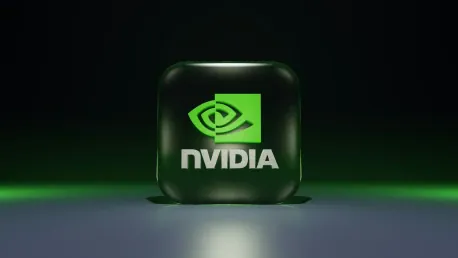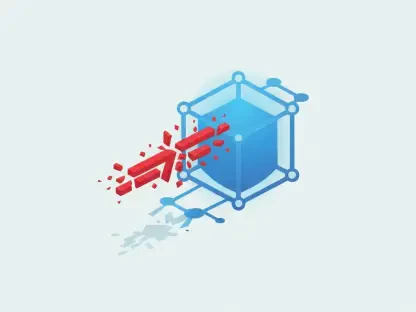NVIDIA has made significant strides in revolutionizing the AI landscape with the open-sourcing of its KAI Scheduler, showcasing a bold initiative with potential to transform AI workloads substantially. The KAI Scheduler, developed initially for the Run:ai platform, manifests NVIDIA’s commitment to enhancing both open-source and enterprise AI infrastructure. Now accessible under the Apache 2.0 license, this technology promises to foster greater collaboration and innovation within the AI community by enabling seamless GPU scheduling within a Kubernetes-native environment.
Efficient AI Workload Management
The KAI Scheduler is designed to tackle pivotal challenges that traditional resource schedulers face in managing AI workloads across GPUs and CPUs. AI workloads often experience fluctuating demands, particularly in environments where tasks vary in complexity and size. The KAI Scheduler’s dynamic approach recalculates fair-share values and adjusts quotas in real-time, addressing the issue of managing these fluctuating demands efficiently. This ensures that GPUs are allocated without requiring constant manual intervention by administrators, thereby optimizing operational efficiency and reducing administrative overhead.
Another highlight of the scheduler is its impact on wait times. By utilizing gang scheduling, GPU sharing, and a hierarchical queuing system, the scheduler ensures that job batches submitted by ML engineers are processed promptly and fairly. The hierarchical queuing system, in particular, aids in prioritizing tasks and ensuring that critical projects receive the necessary resources without undue delay. This strategic approach not only reduces wait times but enhances overall productivity by enabling swift task launches according to set priorities.
Optimized Resource Usage
To ensure the maximization of compute resources, the KAI Scheduler employs advanced strategies like bin-packing and consolidation. These techniques are pivotal in optimizing usage of available GPUs and CPUs. Bin-packing involves the strategic placement of smaller tasks into partially used GPUs and CPUs, thereby preventing wastage. Consolidation, on the other hand, involves reallocating tasks across nodes to avoid resource fragmentation. By spreading workloads evenly, the scheduler minimizes per-node load and maximizes the availability of resources, thus enhancing overall compute utilization.
Resource guarantees are another critical feature of the KAI Scheduler. AI practitioner teams often require assured access to resources to avoid project delays. The scheduler addresses this need by ensuring that idle resources are dynamically reallocated to other workloads. This practice prevents resource hoarding and promotes cluster efficiency. In shared cluster environments, it is common for researchers to secure more GPUs than they need, leading to underutilization. The scheduler’s dynamic reallocation mechanism mitigates this issue, ensuring resources are utilized to their fullest potential.
Simplifying AI Framework Integration
A significant advantage of the KAI Scheduler lies in its built-in podgrouper, which simplifies integration with various AI frameworks such as Kubeflow, Ray, Argo, and the Training Operator. This auto-detection and seamless integration reduce the configuration complexity typically associated with connecting AI workloads with different tools. Simplifying these connections accelerates development and prototyping processes significantly. AI developers can now focus more on innovation and less on configuration, enhancing overall productivity and speeding up the time-to-market for new AI solutions.
NVIDIA’s open-sourcing of the KAI Scheduler has been met with enthusiasm from IT and ML teams. The potential for enhanced efficiency, reduced manual configuration, and improved community collaboration heralds a new era in enterprise AI infrastructure. The scheduler’s ability to handle the complexity of AI workloads and ensure optimal resource allocation is poised to become a cornerstone in modern AI project management.
Future Considerations and Opportunities
NVIDIA has made substantial progress in transforming the AI landscape by open-sourcing its KAI Scheduler, marking a pioneering step with the potential to significantly impact AI workloads. The KAI Scheduler, originally developed for the Run:ai platform, is a testament to NVIDIA’s dedication to advancing both open-source and enterprise AI infrastructures. Now available under the Apache 2.0 license, this technology is expected to spur increased collaboration and innovation within the AI community. It enables seamless GPU scheduling in a Kubernetes-native environment, which is a remarkable advancement for developers and researchers. This move not only underscores NVIDIA’s forward-thinking approach but also provides a robust framework that others can build upon, accelerating the development of AI technologies. By making the KAI Scheduler accessible, NVIDIA encourages a more collaborative and innovative AI ecosystem, which can lead to new breakthroughs and optimized performance in various applications.









